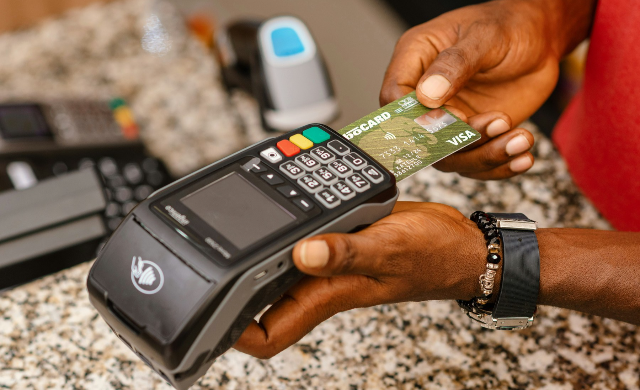The BRICS nations, at their recent summit in Kazan, unveiled plans for a new multicurrency payment system designed to reduce reliance on the US dollar and integrate digital assets with traditional financial networks.

Russian Finance Minister Anton Siluanov provided insights into the system’s functionality. He explained that the new system will bypass traditional banking intermediaries and facilitate the transmission of financial messages. This initiative aims to enhance financial cooperation among BRICS nations and potentially challenge the dominance of the US dollar in global trade.
By integrating digital assets, the system could pave the way for innovative financial solutions and strengthen economic ties between participating countries.
Siluanov’s statements position the new BRICS payment system as a potential rival to SWIFT, the current global standard for cross-border financial transactions. While SWIFT primarily relies on correspondent banking, the BRICS system aims to integrate digital financial assets, offering a more innovative and potentially more efficient approach.
The integration of digital assets into the BRICS payment system could revolutionize cross-border payments by reducing reliance on traditional banking intermediaries. This could lead to faster transaction times, lower costs, and increased transparency.
However, SWIFT is not standing still. The organization is actively exploring the integration of digital assets, including central bank digital currencies, into its existing network. While this initiative is still in the testing phase, it demonstrates SWIFT’s commitment to adapting to the evolving digital landscape.
In a significant move towards financial independence, the BRICS nations, led by Russia, are developing a new payment system designed to reduce reliance on the US dollar and introduce digital assets into international finance.
Russian Finance Minister Anton Siluanov has outlined the system’s key features, emphasizing its potential to bypass traditional banking intermediaries and facilitate the transmission of financial messages. By incorporating digital financial assets, such as tokenized metals and potentially central bank digital currencies (CBDCs), the system aims to streamline cross-border transactions and enhance financial cooperation among BRICS nations.
This initiative is particularly significant given the geopolitical tensions and sanctions imposed on some BRICS members. By developing a robust alternative payment system, these nations can reduce their vulnerability to external pressures and strengthen their economic resilience.
While SWIFT, the current global standard for cross-border payments, is also exploring the integration of digital assets, the BRICS system could offer a more comprehensive and innovative approach, potentially reshaping the global financial landscape.
Learn from market wizards: Books to take your trading to the next level


 Hot Features
Hot Features












